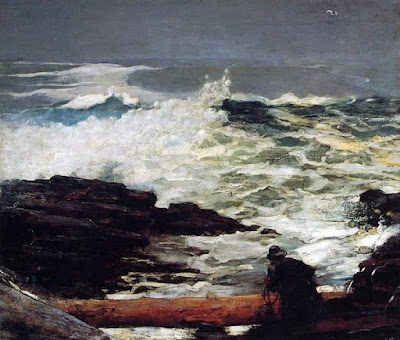The Kiss, Gustav Klimt

No physical distancing in our painting for this week. Artist Gustav Klimt (1862-1918) gives us his oil painting titled, The Kiss. It was created from 1917-1918, measures 70.8 x 70.8 inches, so is very large and a perfect square. It is in the collection of the Osterreichische Galerie Belvedere museum housed in the Belevedere palace, Vienna, Austria. This is an exceptional painting by an interesting artist. Gustav Klimt was an Austrian Symbolist which means he rejected realism and impressionism for creating mood through color, line and form. He was also influenced by Art Nouveau and Japanese prints. When working on a painting, he would often create the costume his models would wear when they posed, which we see here. So what have we? A square format with the subjects directly in the middle. Of all of the paintings in the world, that I would love to see in person, this one is at the top of the list. Our attention is drawn to the heads of the couple engrossed in his ki



